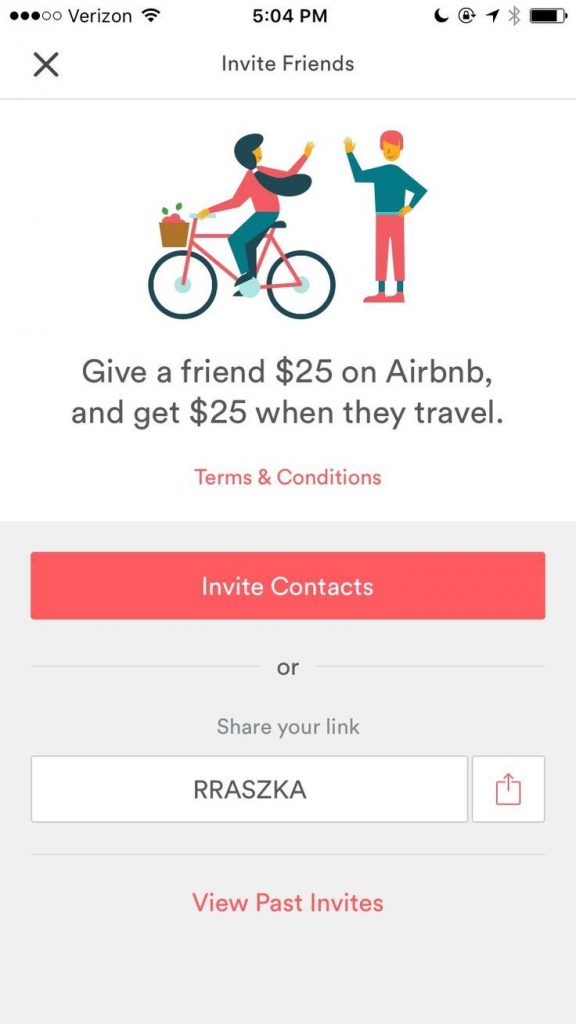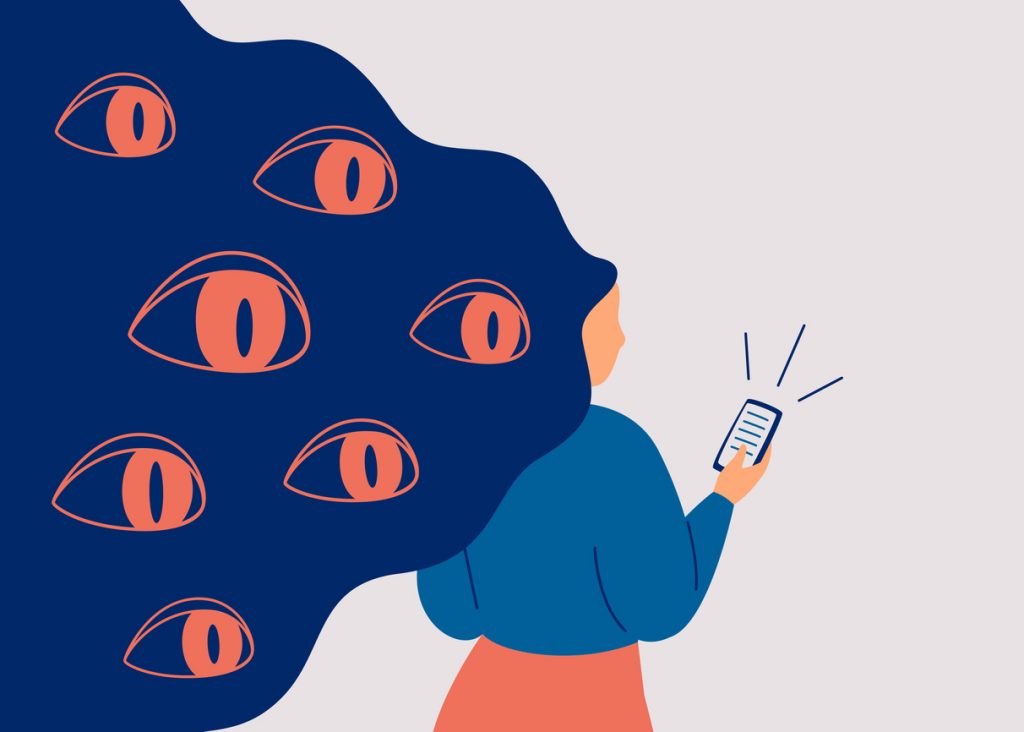Gamification and Marketing: How to Get Your Customers Hooked?
by Kanthadej Lappromrattana

Marketing is the art of persuasion. There are countless methods crafted throughout the years in order to capture the customer’s attention. With the current technological advancements and fierce competitions, it is becoming harder and harder to do so. One of the most powerful methods used in digital strategy today is gamification marketing. Gamification is the process of integrating game mechanics into a platform, product, or service to encourage certain desired behaviors. It can be used in different aspects of life – business, learning, training etc.
Have you ever collected airline membership miles and redeemed them for future flights? Have you ever felt the urge to purchase because you saw that hundreds of people have bought it? Or have you ever tried to complete the process as shown on the progress bar? These all are examples of gamification used by businesses in an attempt to influence customers’ behaviors. That’s because gamification can help transform boring and simple tasks into an engaging and fun experience for the users.
Mechanics of Gamification Marketing
The mechanic behind gamification is motivators. There are two main types of motivators: extrinsic and intrinsic.
Extrinsic motivations are what we are familiar with, such as rewards and prizes that we can get after winning the game. On the other hand, intrinsic motivators are inner drive or urge to engage to become satisfied while playing or the sense of achievement.
It can be as simple as providing rewards to customers that completed our desired task. These tasks can be as simple as liking a page to writing a review post for the products you bought. Rewards can range from points, discounts coupons to free shipping and other benefits. It can come in the form of virtual currency as well like those in marketplace (LINE Points, Shopee Coins) or in-app benefits such as decoration items.
Progress bar is a more subtle way to direct customers in finishing their process, most of the time it’s to guide customers through the checkout process and finish making their orders. This mechanic plays with human’s sense of accomplishment.
Sense of competition is an innate part of all human beings and is also an important aspect of gamification. Making progress level, accomplishment badges, or achievements public, such as leaderboards, will urge people to compete and be motivated to earn more. Plays with the loss aversion aspect of human beings. We are afraid of losing what we have, so when we have attained higher position on the leaderboards, we will be motivated to maintain the position.
Example of Gamification Types
There are different shapes and forms of gamification. One of the most common types of gamification is loyalty programs as it can help increase brand loyalty and frequency of purchase from a customer. Like I have mentioned earlier, airline miles collection is an example of a loyalty program.
Loyalty program is where points can be collected through each purchase that can later be redeemed for rewards. This can encourage repeat purchases and brand loyalty as well as increased sense of values for the customer themselves. Interested in customer relationship management?

The second example of gamification is referral programs. This will help your brand gain advocates to help with brand exposure and customer acquisition. The advocates will also get something in return for inviting other people to join. Thus, it is a win-win situation for both the brand and the customers. Some examples are Tik Tok and Airbnb.
For TikTok, just getting other people to sign up fulfills the requirement for reward redemption, whereas for Airbnb, other people have to sign up and make a booking in order to meet the reward requirements.
The last example is an in-application game. It is much more in-depth and harder to create and implement, but can do a lot more than the previously mentioned examples. An example can be seen on Lazada, an e-commerce platform, with a side game that allows users to take care of a farm in exchange for coins that can be redeemed for various rewards.

What are the benefits of gamification?
Online businesses and e-commerce platforms can use gamification to improve different business aspects. Here are some of the benefits:
Users can associate excitement and fun with the product and with the brand. The brand can become more appealing to the customers this way.
Gamification helps stimulate online activity and customer interactions as well as social sharing. One sample is here and one more is introduced by a Deloitte article.
As customers have positive associations with the brand and high interaction, they are more likely to revisit the brand
With established brand loyalty, customers will be more likely to spend more on the brand.
Let's see gamification marketing in action
Summary
As you’ve read throughout this blog, there are several benefits in incorporating gamification as a part of your digital marketing strategy. It increases engagement with the brand, allows people to become aware of your brand better, and ultimately leads to a better outlook for the businesses. Therefore, it might be worthwhile for you to make use of gamification in your future marketing strategy. Nevertheless, be sure to keep your customer in mind in order to best capture and serve their needs for them so that we can get them hooked. Be sure to reach out to us should you have any inquiries regarding digital marketing, we would be more than happy to help.

A post written by Kanthadej Lappromrattana, Social Media Manager Intern at MOST 2414 and MBA graduate from Sasin School of Management. Reach out to me on LinkedIn.
-
MOST 2414





